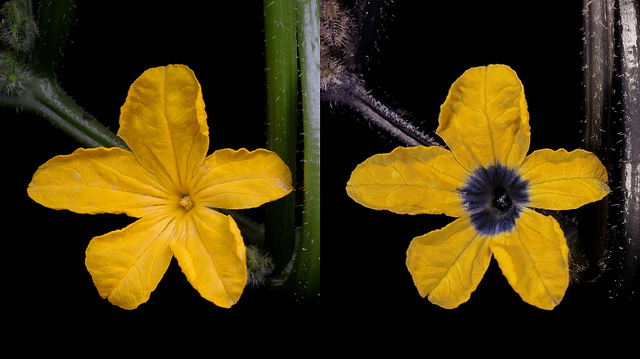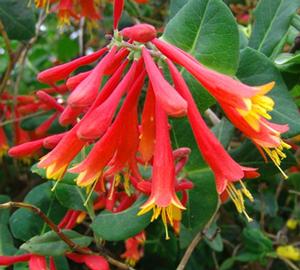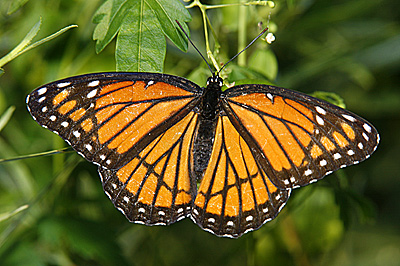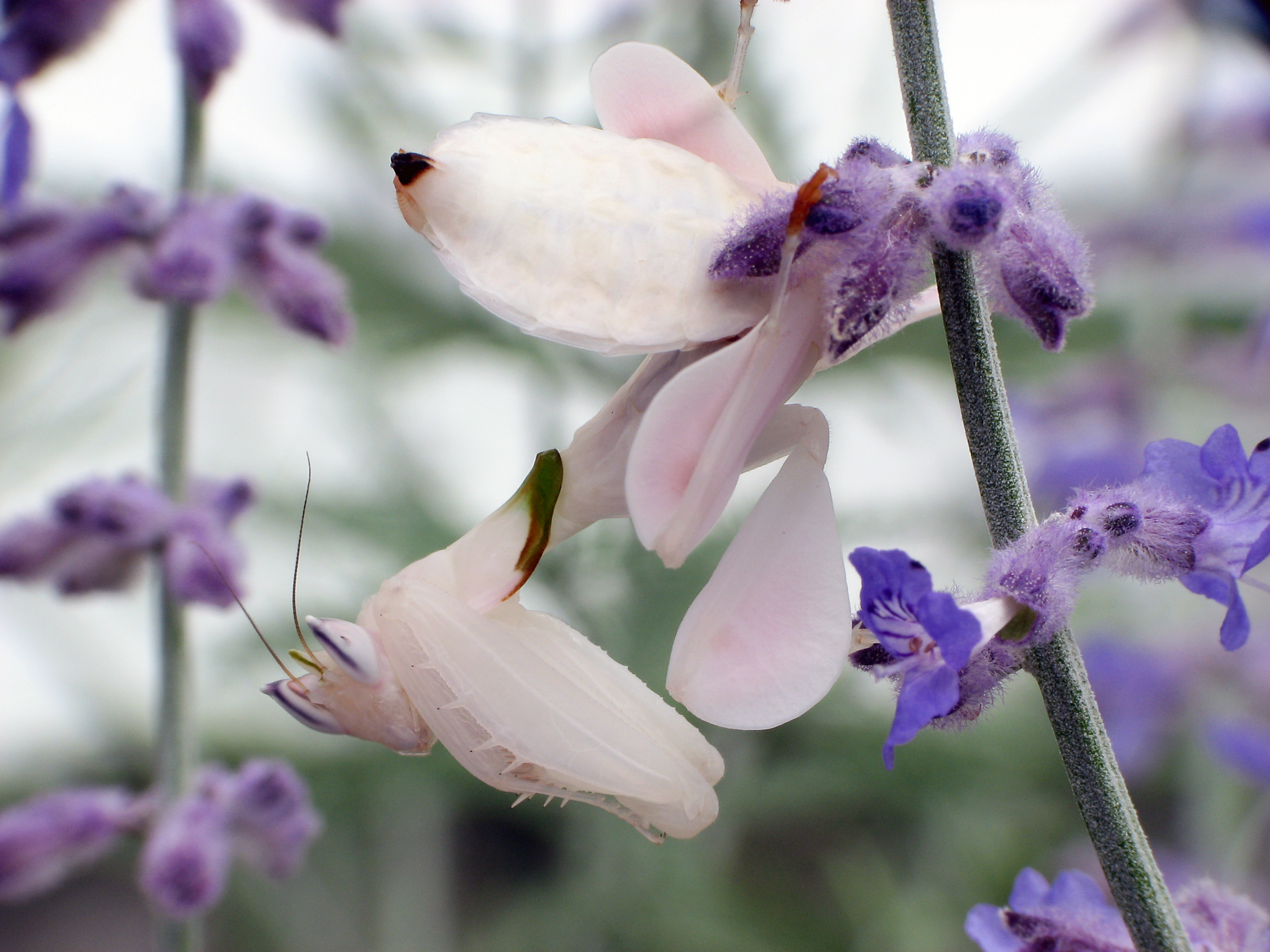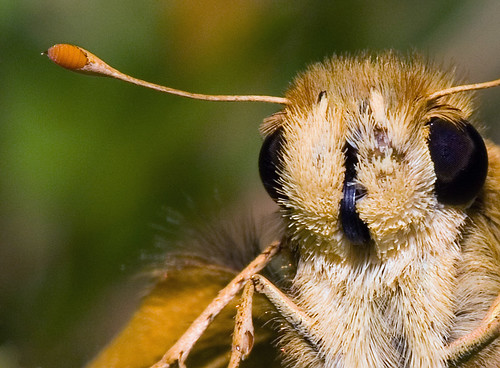What do you see?
English ivy, as the name suggests, is not native to the United States. It is thought to have been brought here by early European immigrants, who sought to use it in landscaping. With its fast, climbing growth habit and dense, attractive, evergreen foliage, it quickly creates a carpet of green on lawns and house walls. However, not being from this area, English ivy has no natural predators, that is to say, no herbivorous animals that eat it to control its spread. Today English ivy occurs in 26 states, growing not just in backyards but in natural areas as well.
So what's the problem with English ivy? After all, it does make houses look rather attractive, as you can see here. The problem is that carpet of green is so thick, that it shades out sunlight, killing any and all plants beneath. A plant that has no access to sun cannot photosynthesize to make its own food, and so cannot survive.
Trees, shrubs, even ground plants all fall victim to this invader from across the ocean. Not only that, but ivy growing on structures can do immense damage, as its roots find their way into cracks in wood, mortar, and brick. The roots can not only break these materials apart, but the deep shade the vines create retains moisture against wood, facilitating rot.
What should you do if you have English ivy in your yard? Get rid of it! As best as you can, get right down to the roots and pull up as much of the complete roots as you are able. For vines climbing up trees, pull as much growing up the trunk as you can, or for vines too thick to pull, remove a section of the vine about 2' in length on the trunk, severing the vine's nutrient supply to the upper reaches. It will take a while, but eventually the vine will die off. Then just keep on top of any new growth. I followed this same procedure when purging my yard of ivy two years ago, and haven't had problems since.
If you'd like to replace the English ivy with another vine, allow me to suggest a few replacements, which happen to be wildlife magnets. Those in the eastern United States can use coral honeysuckle (Lonicera sempervirens), a favorite of the ruby-throated hummingbird.
Those living on the west coast can use a close relative, Western trumpet honeysuckle (Lonicera ciliosa).
Live in the eastern or central US? Try Virginia creeper
(Parthenocissus quinquefolia), which feeds birds with its berries and rewards
you with a spectacular show of fall color.

While Virginia creeper can also do damage to structures, the threat is not nearly as severe as with English ivy.
And lastly, my favorite vine of the southeast, the
passionflower, or maypop (Passiflora
incarnata), the host plant of the Florida state butterfly, the zebra longwing.
English ivy may be popular as a landscaping plant, but give me one of these gorgeous natives any day! Your yard will be beautiful and healthy, you'll attract wildlife, and you'll protect our wild places, all by simply replacing one plant with another. Happy gardening!





.jpg)




